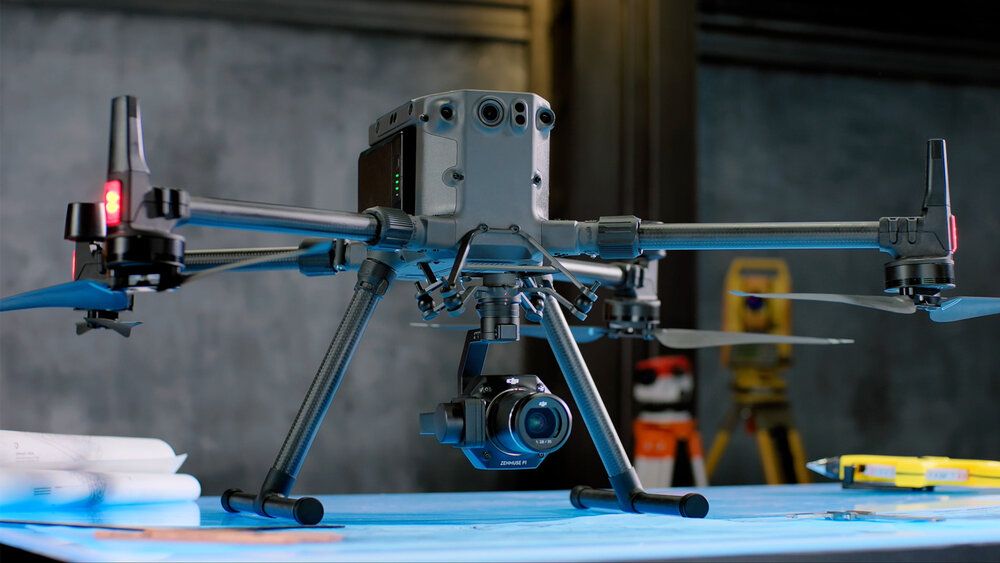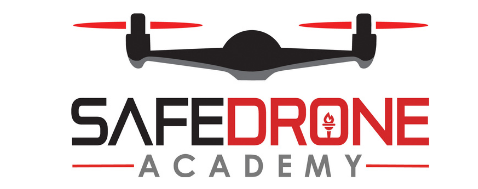Airport Operations - The Trouble with Drones
Mark Prendergast
Empty space, drag to resize
Aircraft Grounded!!!
On two or possibly three separate occasions over a busy bank holiday weekend, Dublin airport operations were suspended due to the presence of an unauthorised drone operation. These suspensions occurred without warning.
Collision Risk.
The collision risk of the drone with a passenger aircraft was deemed so high that safety was compromised and operations into and out of the airport were suspended. The suspension of course caused considerable frustration and delays for passengers, flight crews and airport staff alike. Airlines too incurred additional and unexpected direct fuel, labor, maintenance and other disruption costs as their aircraft and flight crews diverted to other airports resulting in flight cancellations and delays.
What's the problem?
But what’s the trouble with a small drone operating in an airport environment that suspension of operations is required?
The aviation system is built around safety. No risk is left to chance or good fortune. Every minor detail is considered. Threats, all threats, are identified and mitigated. Certainty is assured.
The aviation system is dependable to the point most people who travel are not concerned with trivial matters such as wondering if their flight will safely make it to its destination. No, big issues such as the state of food and drink offerings, the selection or choice of inflight movie, the Wi-Fi speed or indeed the comfort in which they will travel in a metal container flying a little shy of the speed of sound at 35'000ft, are the major concerns!
The aviation system is built around safety. No risk is left to chance or good fortune. Every minor detail is considered. Threats, all threats, are identified and mitigated. Certainty is assured.
The aviation system is dependable to the point most people who travel are not concerned with trivial matters such as wondering if their flight will safely make it to its destination. No, big issues such as the state of food and drink offerings, the selection or choice of inflight movie, the Wi-Fi speed or indeed the comfort in which they will travel in a metal container flying a little shy of the speed of sound at 35'000ft, are the major concerns!
Every threat to a flight’s departure from, and arrival to, an airport is considered. Unlike an unauthorised drone operation in an airport's environment, a myriad of other threats have been considered and mitigated. Let’s look at a few.
Buildings & Obstacles
To avoid collision risks, no building or obstacle above a certain height is permitted within an airport's immediate and extended environment. Further, even after an engine failure, aircraft are designed to have a minimum climb or landing performance that will put them well above the permitted height limit of the building or obstacle. If an obstacle, let’s say a temporary crane structure, exceeds this height limit the operator of that obstacle must advise airports and airlines who re-work their take-off and landing performance to account for the new obstacle. These requirements are baked into planning and aviation law. This is a daily process considered by your airline and pilot who account for any changes announced. Certainty is assured.
Other Manned Aircraft
Air Traffic Control (ATC) with the aid of radar, voice communications and defined procedure, will keep aircraft separated from each. Collision risks are avoided. An aircraft will not be cleared for take-off or landing unless ATC is sure no collision risk in the airspace or ground area of an airport exists. Multiple layers of redundancy are built into ATC and pilot procedures, while certified aircraft systems can help resolve any residual collision risks. Certainty is assured.
Weather
Pilots treat bad weather like an obstacle. It is avoided. On-board radar and other sensors detect these dangerous weather systems around an airport. Where the weather system or unsafe winds cannot be avoided, take-off and landing is suspended. Before flight, the aviation system provides the airline and the pilot with highly detailed and timely weather information. Reliable data is used to make and alter flight plans. Decisions made are based on good regulation, information and procedure. Aircraft and pilot limitations are set. Certainty is assured.
Birds
Long before man took flight, birds dominated the skies. To this day, they still do and are free to fly wherever they like. This is problematic for aviation. Every year, the damage caused to aircraft from bird strikes is measured in billions of Euro. However, the threat is known and accounted for. To reduce the nesting of birds in airport environments, airport operators adopt strict procedures in terms of how they manage their grass and scrub areas. Bird scaring procedures are also actively pursued. The likelihood of bird encounters is thus very low. But instances happen and collisions occur. Again, these are knowns and mitigation have been considered. The severity of the collision is mitigated. Aircraft are designed and certified by regulation to tolerate the impact of an average sized bird. All that considered, where a bird strike risk is possible, pilots will abort a landing or take-off. Certainty is assured.
Drones
Drones operating in airport environments are currently an outlier, and no certainty is assured. There are a myriad of reasons we currently do not routinely expose manned aircraft operations to their unmanned cousin.
Currently no common flight rules or procedures exist that permit the routine interaction of drones and manned aircraft in proximity to each other. One off exceptional and highly monitored operations with strict permission, communication and procedure do occur. However, the normal routine is to exclude drone operations in the immediate environment of a busy protected airport. Without common rules and procedure, certainty is not assured.
Currently no common flight rules or procedures exist that permit the routine interaction of drones and manned aircraft in proximity to each other. One off exceptional and highly monitored operations with strict permission, communication and procedure do occur. However, the normal routine is to exclude drone operations in the immediate environment of a busy protected airport. Without common rules and procedure, certainty is not assured.
Drones are small and manned aircraft travel fast. There is little to no likelihood of a manned aircraft pilot ‘seeing and avoiding’ a certain collision with a drone. Conversely, through limitation of the human vision system, it is very difficult for a drone pilot to accurately know their drone’s exact position relative to close proximity manned aircraft. The remote pilot’s distance, height, and speed perception ability is not sufficient to guarantee collision avoidance every time. Without certified 'detect and avoid' systems autonomously keeping manned and unmanned aircraft from colliding with each other, certainty is not assured.
Once a collision occurs, there is no data on the effect of a drone’s impact on an aircraft’s engine, airframe, or windshield. Regulations do not currently require aircraft manufacturers to consider these types of collisions. Without this data, we can only hope and speculate on the outcome of a collision. Certainty is not assured.
Conclusion
The aviation system is risk averse, and rightly so. It does not do unknowns and consequently is the safest industry bar none. It is clear unauthorized and uncontrolled drone operations in the vicinity of airports cannot be permitted or tolerated. Safety cannot and will not be compromised.
As seen, airspace infringements by drones do occur and will continue to be treated as a major safety issue. They will rightly result in curtailment of manned aircraft operations. The potential of not doing so is not worth the thought.
Ireland’s Air Navigation and Transport Acts consider these issues and allow for prosecution, including fines and prison terms, of those that endanger aircraft in flight or on the ground. If an individual is found to be in breach of the act, the authorities will take action....that certainty is assured!!
As seen, airspace infringements by drones do occur and will continue to be treated as a major safety issue. They will rightly result in curtailment of manned aircraft operations. The potential of not doing so is not worth the thought.
Ireland’s Air Navigation and Transport Acts consider these issues and allow for prosecution, including fines and prison terms, of those that endanger aircraft in flight or on the ground. If an individual is found to be in breach of the act, the authorities will take action....that certainty is assured!!
Blue skies and happy landings.
Capt. Mark Prendergast
Managing Director.
Safe Drone Academy
Capt. Mark Prendergast
Managing Director.
Safe Drone Academy
-
COMPANY
-
• Privacy Policy - UAS Operations
Sign Up & Receive Brochure
_______________________________________________________________________________________________________________________________________________________________

Thank you! Click HERE to Grab Your Free Guide.
